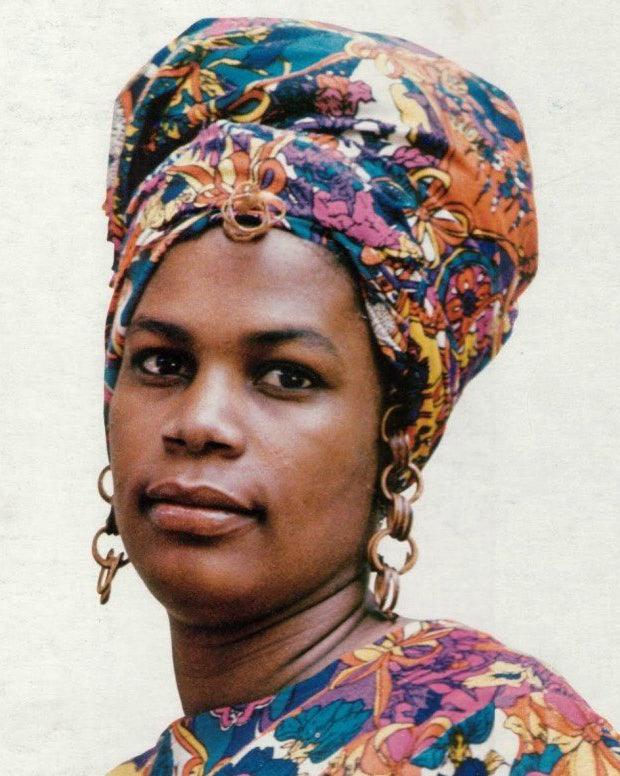HEAD WRAPS FOR...EVERYONE?




















8 comments
I wear scrub caps to work since I can’t dye my hair fun colors. (I’m a nurse in a small town 🙄) mine are more like full bonnets and are convenient, fun, beautiful, functional etc. I’ve loved wearing large wide fabric headbands and a large bun on top of my head. However, lately I’ve thought about how beautiful headwraps are and the styles etc. And would love to be able to wear them. But I understand the significance of religious and cultural meanings behind them as well as certain patterns for certain African tribes and ceremonies etc. Being aware of the sensitivities of headwrapping and having a respect for its meaning, would it still be disrespectful for me as a white woman to wrap my hair? And if not, are there limitations to the styles of headwrapping non-African women can wear? Very interested.
How grateful I am for a such a truly inclusive statement. Like the previous comment, I too am of mixed ethnicity, and I have struggled to truly embrace my unique ethnic identity. I worried a great deal about my personal contribution of cultural appropriation—specifically concerning head-wraps. I was so grateful to read your post, acknowledging that the head wrap IS for everyone, that knowing its various traditions and cultural significance is of benefit AND important, but to ultimately embrace the creative expression they allow and the beauty they can illuminate—no matter your background, ethnicity, gender, religion, etc…Thank you for offering such an inclusive and space!
Thank you for this!
I’m an Anglo woman, and have long fancied wafting about in a turban (think Elizabeth Taylor 1960s style).
I thought nothing wrong, wore one to work today, felt really glamorous, came home thinking turbans might be my new thing. Then I googled “fashion turban 2019” (instead of turban 1920s, turban 1960s, turban Elizabeth Taylor) and read about Gucci upsetting the Sikh community with a turban. Maybe because it looked a lot more traditional than the Western fashion turbans us Anglo women have been wearing for 300 years, maybe because its stupidly expensive for a strip of fabric, I don’t know. All I do know it I want to be a good human.
I got in a bit of a fluster and contacted a few Sikh community groups. They’ve all got back to me saying much the same as you have.
I want to say thank you for the information. This is my first time learning about the Tignon Law. I love wrapping my hair. It gives me a sence of pride. I feel the queen ship in me that I’m. Trying to stop black women from being beaytiful will never happen. we can make a pair overalls look good. Again thank you, Marilyn
Thank you so much for such a thorough answer! I’m non-black, mixed race POC living in the US. I have textured hair and I’ve been thinking that investing in head wraps would be a good investment to take care of my curls. However, I didn’t want to unintentionally appropriate Black Culture. I really appreciate your full scope representation of the global history of headwraps!